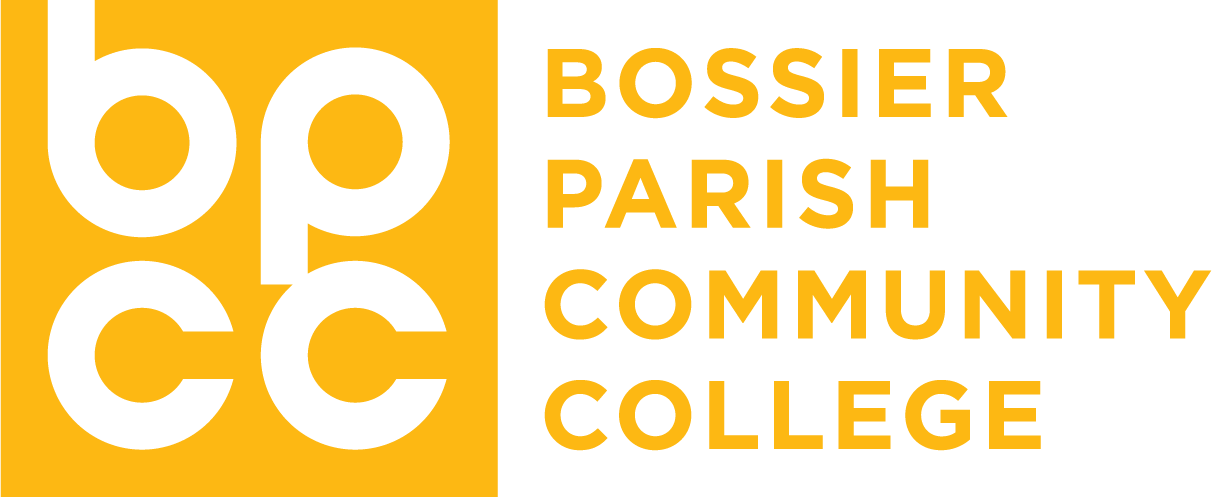BPCC COVID-19 Frequently asked questions
Yes! The campus is open Monday through Friday from 8:00 AM until 4:30 PM. All departments are back on campus and ready to serve students.
It is best to access Canvas from the BPCC homepage or the Canvas Student app. On the BPCC homepage, click on the MyBPCC icon in the top right (next to LoLA and Email). It is important for students to make sure they have the most current app (which was updated in December). Also, students need to make sure and download Canvas Student and not Canvas Teacher. The app is available anywhere apps are purchased, though the Canvas Student App is free. Note: Some students attempt to access Canvas from inside of LoLA. This does not take them to their myBPCC login page, but rather to Instructure.com. This will only lead them to additional logins and typically to frustration. Thus, it is best to use the BPCC homepage or the Canvas Student app.
Yes, our Learning Commons Library is designed to support students who are in online classes. Their website provides students access to electronic resources for assignments.
Visit the Tutoring Center website for more information or to schedule an appointment.
The College is expanding our Laptop Loan Program, and the Learning Commons will be open for students to use computers to access their classes and for tutoring. Please visit https://www.bpcc.edu/learning-commons/index for hours of operation and additional services offered.
Vaccination clinic information can be found here.
Please check the Calendar of Events for upcoming event dates and times.
According to CDC guidelines, any positive COVID-19 test means the virus was detected and you have an infection.
- Isolate and take precautions including wearing a high-quality mask to protect others from getting infected.
- Tell people you had recent contact with that they may have been exposed.
- Monitor your symptoms. If you have any emergency warning signs, seek emergency care immediately.
- Consider contacting a healthcare provider, community health center, or pharmacy to learn about treatment options that may be available to you. Treatment must be started within several days after you first develop symptoms to be effective.
- You are more likely to get very sick if you are an older adult or have an underlying medical condition. Possible treatment may be available for you.
After a positive test result, you may continue to test positive for some time after. You may continue to test positive on antigen tests for a few weeks after your initial positive. You may continue to test positive on NAATs for up to 90 days. Reinfections can occur within 90 days, which can make it hard to know if a positive test indicates a new infection. Consider consulting a healthcare provider if you have any questions or concerns about your individual circumstances.
If you were exposed to the virus that causes COVID-19 or have been told by a healthcare provider or public health authority that you were exposed, you should:
- Wear a mask as soon as you find out you were exposed.
- Wear a high-quality mask or respirator (e.g., N95) any time you are around others inside your home or indoors in public.
- Watch for symptoms.
- fever (100.4°F or greater)
- cough
- shortness of breath
- other COVID-19 symptoms
- If you develop symptoms: Isolate immediately, get tested & stay home until you know the results. If your test result is positive, follow the isolation recommendations.
- Get tested at least 5 full days after your last exposure.
*ALWAYS check the CDC guidelines for changes that may occur and the latest quarantine/isolation protocols.
Students should immediately contact their instructors for guidance.
BPCC’s Cavalier Commitment is the commitment that guides our behavior as a community, and everyone should continue to practice good hygiene, including:
- Covering your mouth when coughing or sneezing
- Using hand sanitizer especially when entering common areas
- Washing your hands multiple times a day
- Avoiding:
- Touching your face
- Handshakes and hugs
- Touching frequently used objects and surfaces
- Sharing cellphones, pens, computers, and work areas, and
- Sharing papers and physical objects during meetings
